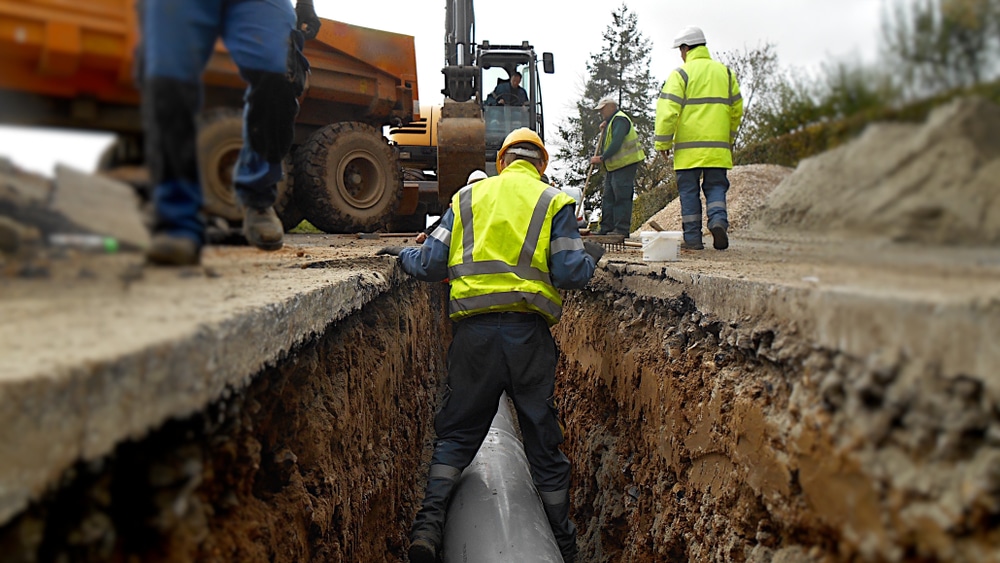It is essential to implement safety measures during trenching and excavation work to help prevent serious injuries and deaths. Especially considering the recent rise in fatalities and penalties involving this type of work, construction employers need to ensure they utilize proper risk management techniques.
OSHA Penalties
OSHA recently announced new enforcement guidance to deter employers from repeatedly exposing their workers to life-threatening hazards, such as those found within trenches and excavations, and promote compliance with applicable regulations. Under this guidance, which took effect on March 27, 2023, OSHA regional administrators and area office directors have the authority to cite certain violations as “instance-by-instance citations.” This can be done for cases identified as “high-gravity” serious violations of OSHA standards when the language of the rule supports a citation for every occurrence of noncompliance.
Criminal Penalties
A recent OSHA case demonstrated that employers who put employees’ health and safety at risk amid trenching and excavation operations may also face criminal charges. In this instance, a construction company operator and foreperson were criminally convicted in connection with a worker’s death after an excavation wall collapsed in 2018. The operator received warnings of dangerous conditions at the site but refused to halt work to assess the situation or fix the conditions by installing additional bracing. Issues that were present at the site included improperly installed underpinning systems and a lack of safe bracing procedures. Due to the negligence of the employer, an employee was fatally crushed by 15,000 pounds of debris.
The operator, who faces a maximum of eight to 16 years in prison, was convicted of negligent homicide, first-degree offering a false instrument for filing, fraudulent practices in violation of worker’s compensation laws, fourth-degree criminal tax fraud and other related counts. The foreperson was convicted of fourth-degree criminal mischief and faces up to one year in jail.
Trenching and Excavation Safety Reminders
With these penalties in mind, construction employers can’t afford to ignore trenching and excavation safety. Specifically, a competent person must inspect trenches, including adjacent areas and protective systems (e.g., benching, sloping, shoring and shielding) each day prior to work beginning and whenever conditions change. Employers also need to be aware that there must be safe points of access and egress available when employees are working in trenches 4 feet deep or greater. Further, a means of exit (e.g., a ladder, ramp or steps) needs to be no farther than 25 feet from employees at all times.
Additionally, in trenches 5 feet deep or greater, employers must use protective systems, unless these excavations are made entirely of stable rock. Trenches 20 feet deep or greater must have protective systems designed by registered professional engineers or be based on tabulated data prepared and/or approved by such professionals. For trenches less than 5 feet deep, a competent person may deem protective systems unnecessary.
For additional risk management resources, contact us today by phone or via the form below. And be sure to follow us on LinkedIn and like us on Facebook for more industry news and tips!
Related Links:

